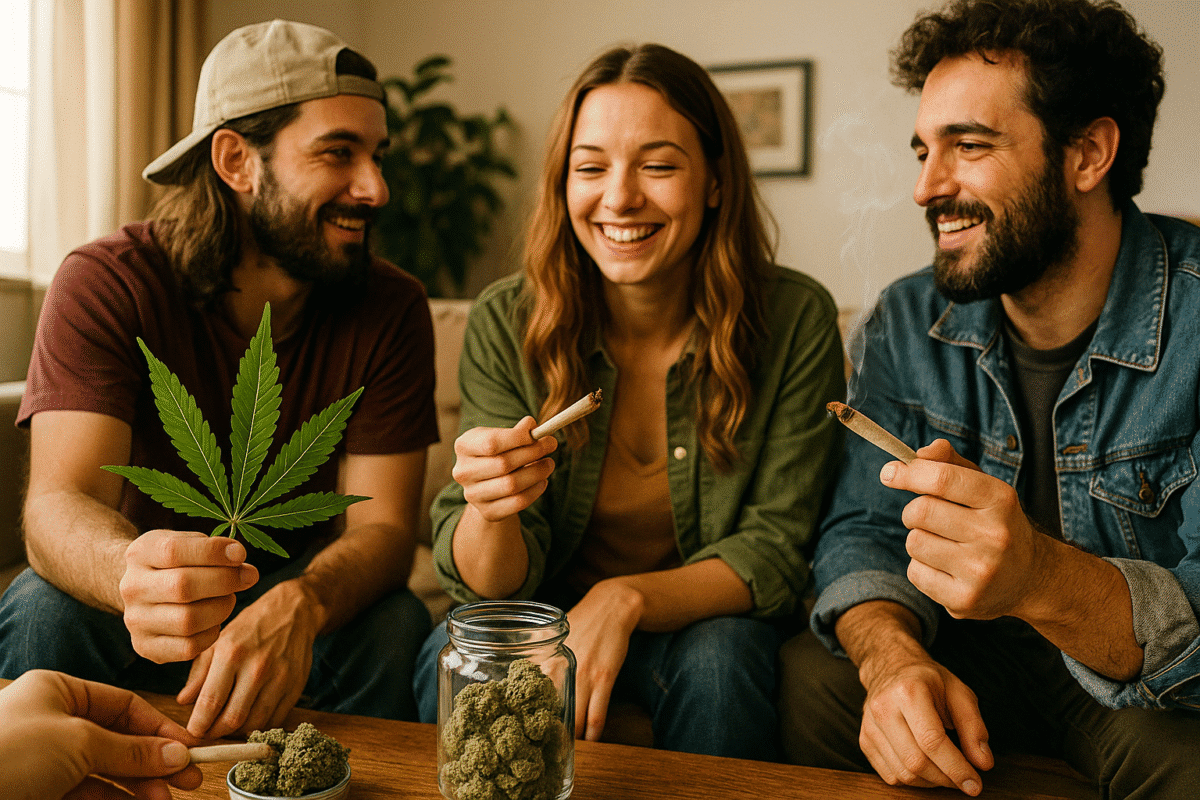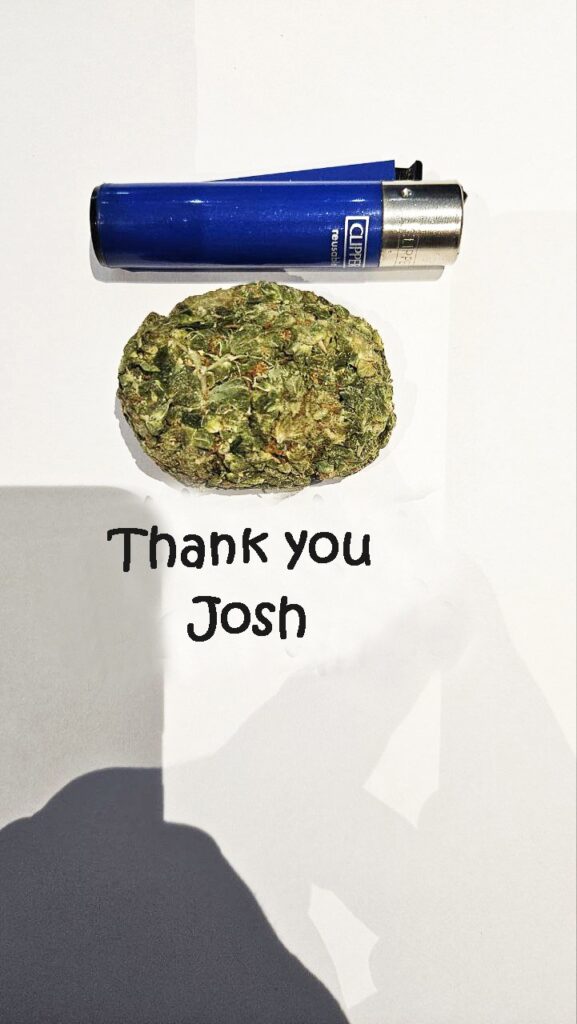Cannabis Culture in Chichicastenango, Guatemala: An In-Depth Exploration

Introduction
Chichicastenango, known for its vibrant markets and rich Mayan heritage, is a town that captivates visitors with its cultural depth and beauty. Nestled in the highlands of Guatemala, it serves as a cultural and economic hub for the K’iche’ Maya people. This article delves into the history, current status, and cultural implications of cannabis in Chichicastenango, providing a comprehensive understanding of its place in society.
1. Historical Context of Cannabis in Guatemala
1.1 Indigenous Traditions and Medicinal Plants
Before the arrival of Europeans, indigenous peoples in Guatemala, including the K’iche’ Maya, utilized a variety of plants for medicinal, spiritual, and daily life purposes.
- Traditional Healing: Indigenous medicine relies heavily on the local flora, and various herbs and plants were employed for healing. However, cannabis was not traditionally used in indigenous practices, as the local environment provided a range of alternative plants that fulfilled similar roles on weed in Chichicastenango.
- Colonial Influence: The Spanish colonization introduced new plants and practices, but cannabis primarily gained recognition as a fiber source rather than a psychoactive one. Its cultivation was initially limited to practical uses, such as rope-making and textiles on weed in Chichicastenango.
1.2 The Shift Towards Criminalization
In the 20th century, the perception of cannabis began to shift dramatically due to global influences and national policies.
- Prohibition Era: During the 1930s, influenced by international anti-drug campaigns, Guatemala implemented strict laws prohibiting cannabis. The government categorized it alongside more dangerous narcotics, leading to stigmatization and criminalization.
- Cultural Impact: The prohibition of cannabis reflected broader social attitudes that equated its use with moral decay and criminal behavior. As a result, the stigma around cannabis use became deeply rooted in Guatemalan society, making open discussions challenging.
2. Current Legal Landscape
2.1 Cannabis Laws in Guatemala
As of now, cannabis remains illegal in Guatemala, including Chichicastenango, where the legal framework is primarily informed by national laws.
- Criminalization of Recreational Use: Possession, sale, and consumption of cannabis are illegal, leading to severe penalties, including fines and imprisonment. The strict enforcement of these laws creates a climate of fear and secrecy among users.
- Limited Medical Use: Efforts to legalize medical cannabis have emerged, with some advocacy groups pushing for its regulation. However, progress has been slow, with bureaucratic hurdles and political opposition stalling meaningful change.
2.2 Law Enforcement in Chichicastenango
The enforcement of cannabis laws in Chichicastenango reflects the national approach but is also influenced by local dynamics.
- Local Policing Practices: The presence of law enforcement in Chichicastenango is aimed at deterring drug-related activities. Police conduct operations to suppress cannabis use and trafficking, but the effectiveness of these measures is often questioned.
- Corruption and Mistrust: Instances of corruption within law enforcement can complicate the enforcement of drug laws. Residents may experience selective enforcement, where those with connections might evade punishment, fostering mistrust between the community and police.
3. The Underground Cannabis Culture
3.1 Growing Demand for Cannabis
Despite its illegal status, cannabis remains popular in Chichicastenango, particularly among younger generations.
- Social Use: Cannabis is often consumed in social settings, where its use is normalized among certain groups. Friends gather to share experiences, with cannabis serving as a tool for relaxation and camaraderie.
- Cultural Expression: In the context of Chichicastenango’s rich cultural traditions, cannabis has begun to be viewed by some as a form of cultural expression, particularly among those seeking to challenge established norms.
3.2 The Role of Community Networks on weed in Chichicastenango
The underground market for cannabis operates through community networks that prioritize trust and discretion.
- Local Connections: Individuals rely on word-of-mouth recommendations to find sources for cannabis. These networks foster a sense of community among users, creating a shared culture around cannabis use.
- Informal Transactions: The sale of cannabis typically occurs discreetly, with transactions taking place in private settings to avoid detection by law enforcement. This environment cultivates a culture of secrecy around cannabis consumption.
4. Shifting Attitudes Among Youth
4.1 Changing Perceptions of Cannabis
Among the younger population in Chichicastenango, perceptions of cannabis are gradually shifting.
- Influence of Global Movements: The global trend toward cannabis legalization and decriminalization has influenced local attitudes. Social media plays a significant role in disseminating information about cannabis, helping to destigmatize its use.
- Health and Wellness Perspectives: Many young people are exploring cannabis for its potential health benefits, viewing it as a natural remedy for stress, anxiety, and other ailments. This perspective challenges traditional views of cannabis as solely a recreational drug.
4.2 The Role of Education on weed in Chichicastenango
Education is vital for changing societal perceptions of cannabis in Chichicastenango.
- Public Awareness Campaigns: Advocacy groups and local organizations can promote education about cannabis, emphasizing its medicinal potential and addressing misconceptions. Public forums and workshops can help foster open discussions.
- Empowerment Through Knowledge: Equipping individuals with accurate information about cannabis can empower them to make informed choices and advocate for their rights regarding its use.
5. Medical Cannabis: Opportunities and Challenges
5.1 The Potential for Medical Use on weed in Chichicastenango
The conversation around medical cannabis is gaining momentum in Chichicastenango, presenting both opportunities and challenges.
- Therapeutic Benefits: Many residents are interested in cannabis for its potential therapeutic effects. Studies suggest that cannabinoids may be effective in treating chronic pain, epilepsy, and mental health conditions.
- Patient Advocacy: Individuals suffering from various ailments may advocate for access to medical cannabis, sharing their experiences to highlight the need for reform. These personal stories can be powerful tools for change.
5.2 Barriers to Legalization on weed in Chichicastenango
Despite the potential benefits, significant barriers remain in the pursuit of medical cannabis legalization.
- Bureaucratic Obstacles: The legislative process for medical cannabis is often slow and convoluted. Advocacy groups face challenges in navigating the political landscape, which can hinder progress.
- Lack of Provider Education: Healthcare providers in Chichicastenango may lack knowledge about medical cannabis, leading to hesitancy in recommending it to patients. Education and training are essential to bridge this gap.
6. The Social Implications of Cannabis Use
6.1 Stigma and Discrimination on weed in Chichicastenango
The stigma surrounding cannabis use continues to pose significant challenges for users in Chichicastenango.
- Social Isolation: Individuals who use cannabis may face social isolation or judgment from their families and communities. This stigma can deter open conversations about cannabis and its potential benefits.
- Impact on Employment: The fear of being labeled as irresponsible or criminal can lead individuals to conceal their cannabis use, affecting their employment opportunities and professional relationships.
6.2 The Need for Support Networks
Support networks play a crucial role in helping individuals navigate the challenges associated with cannabis use.
- Community Support Groups: Establishing support groups for cannabis users can provide a safe space for sharing experiences and resources. These groups can help reduce stigma and foster a sense of belonging.
- Collaboration with Healthcare Providers: Building partnerships with healthcare providers can create a supportive environment for individuals seeking information and guidance about cannabis use.
7. The Future of Cannabis in Chichicastenango
7.1 Advocating for Change on weed in Chichicastenango
The movement for cannabis reform is gaining traction in Guatemala, including in Chichicastenango.
- Grassroots Movements: Local advocacy groups are mobilizing residents to push for cannabis legalization and decriminalization. These efforts emphasize the social justice and public health benefits of a regulated market.
- Engagement with Policymakers: Advocates work to engage local and national policymakers, presenting research and evidence to support calls for reform. Highlighting successful models from other countries can strengthen the case for change.
7.2 Economic Opportunities
The potential legalization of cannabis could create significant economic opportunities for Chichicastenango.
- Job Creation: A legal cannabis market could generate jobs in various sectors, including agriculture, retail, and healthcare. This could positively impact the local economy and help alleviate poverty.
- Tax Revenue: Legalizing cannabis could generate tax revenue for the government, which could be reinvested in public health and education initiatives benefiting the community.
8. Community Engagement and Dialogue
8.1 Facilitating Open Discussions
Creating an environment for open dialogue within the community is essential for fostering understanding and acceptance of cannabis use.
- Community Forums: Organizing public forums and discussions can provide a safe space for residents to share their experiences and perspectives on cannabis. These events can facilitate constructive conversations about its potential benefits and risks.
- Involvement of Local Leaders: Engaging local leaders in discussions about cannabis policy can legitimize the conversation and encourage more residents to participate.
8.2 Grassroots Advocacy
Grassroots movements can play a crucial role in shaping the future of cannabis in Chichicastenango.
- Community-Based Initiatives: Local advocacy organizations can mobilize residents to push for cannabis reform, emphasizing the economic and social benefits of legalization. This can foster a sense of community ownership over the issue.
- Collaboration with National Organizations: Partnering with national cannabis advocacy groups can strengthen local efforts, providing resources and support for education and outreach initiatives.
9. Conclusion
The cannabis landscape in Chichicastenango reflects a broader global conversation about marijuana use, legalization, and societal attitudes. While cannabis remains illegal for recreational use, the increasing discourse surrounding its medicinal benefits and potential for reform signals a changing tide.
As societal attitudes shift and awareness grows, Chichicastenango stands at a crucial juncture in its approach to cannabis culture and policy. Through community engagement, education, and advocacy efforts, residents of Chichicastenango can work toward a future that recognizes the potential benefits of cannabis while addressing the concerns surrounding its use.
The journey toward cannabis reform may be challenging, but the growing dialogue suggests that change is possible. By embracing opportunities for discussion and education, Chichicastenango can position itself as a progressive community ready to embrace the potential of cannabis in the years to come.
10. References
This article draws on a variety of sources, including local news reports, academic studies, interviews with residents, and information from advocacy groups. The references consulted provide a deeper understanding of the cannabis culture in Chichicastenango and the broader context of cannabis use in Guatemala.

Message Josh on = joshchris385@gmail.com.
he sorted us in style during our little vacation .
Top quality 420bud of different strains you can find around.
You won’t regret getting in touch with him . Highly recommended local plug his telegram / https://t.me/joshlegitplug
we did give it a try and the delivery guy delay like ten minutes but he finally arrived and woow the buds were so good and thank u so much josh.
His dealings are smooth and fast and his buds are so so good.

We were lucky over here Me and my crew enjoy our trip our deliveries was very safe. we ordered both Satis and Indis It was a great experience and great feeling as we mix them both and have a good time.
I contacted him on his telegram and due to security reasons he requested crypto payments which i did, about 30minutes later my dope was dropped at my requested location great guy!!! i highly recommend.
Woow…thank so much for the buds flowers I purchased 10g (this is minimal order) for $100, everything went smoothly i paid with crypto currency as first timer in the morning and tonight he accepted cash on delivery .
“Absolutely love how easy and seamless the process was! The delivery was quick, and the quality is always top-notch. You’ve earned a loyal customer!”